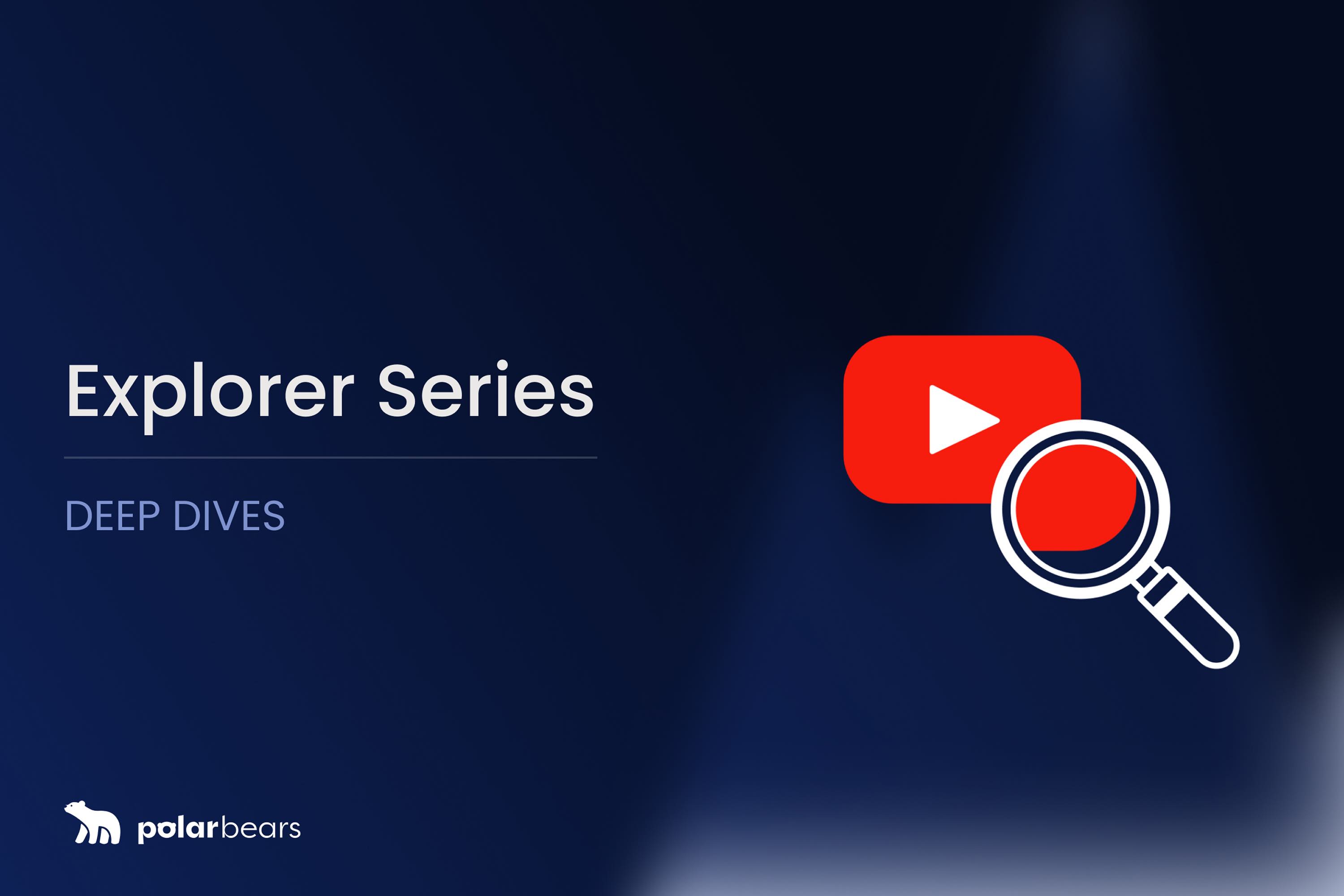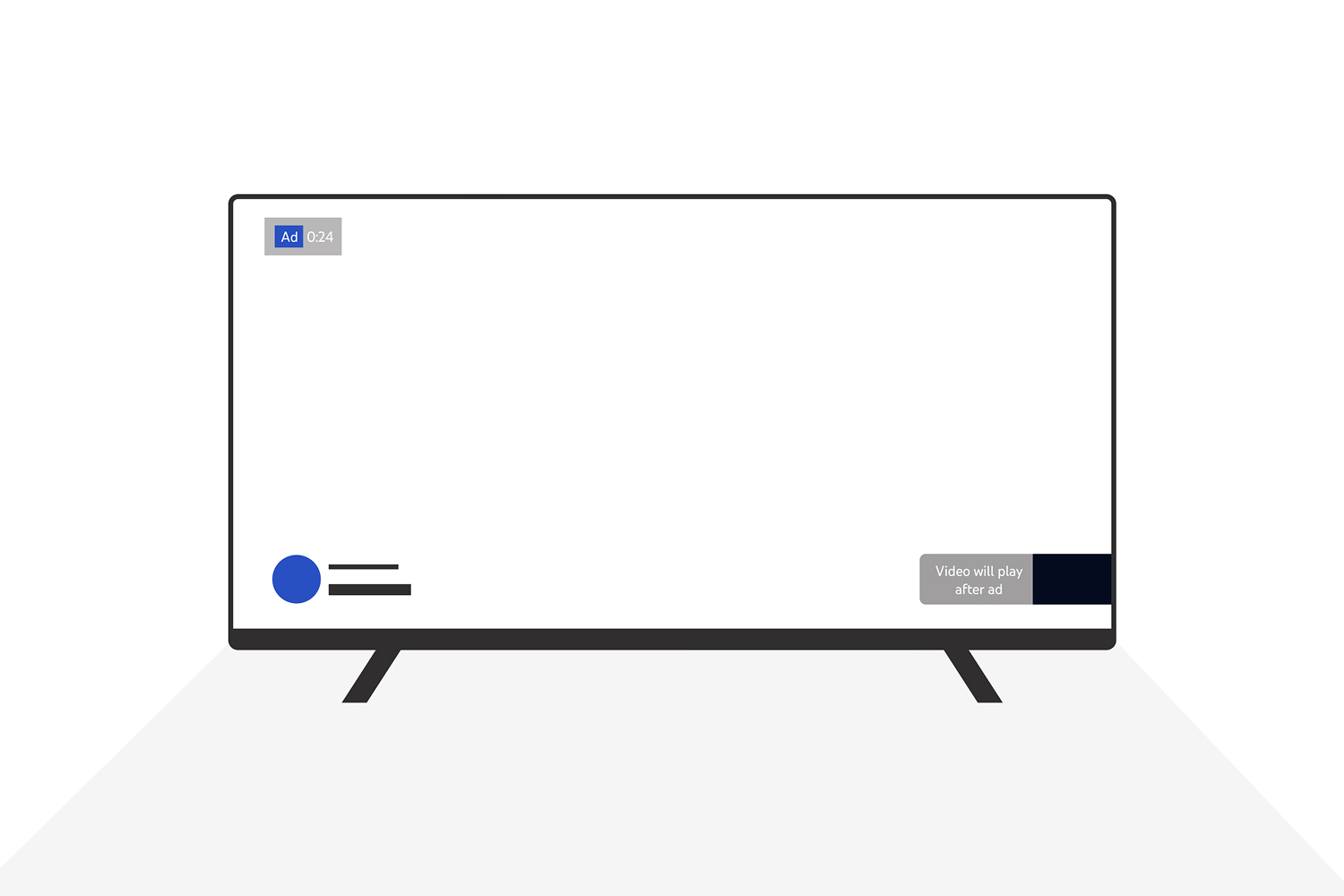The Polar Report #7

A curated view of what’s happening in the world of Digital Monetisation, Audience Development, and Measurement.
This week we dive into the loss of YouTube Originals, the evolution of retailers into media publishers, O2’s exciting new marketing campaign, and more!
Monetisation
YouTube, TikTok & Amazon Driving US Digital Ad Growth
While overall US ad spend is anticipated to rise by 7% in 2022, the digital ad market is set to achieve a far greater proportion of this, being forecasted to grow 17% year-over-year in the US, according to Cowen International. YouTube, Amazon, and TikTok are expected to be key beneficiaries of this, with Google Search, Facebook, and Instagram missing out.
This growth comes in spite of changes brought by iOS 14.5. There is mixed opinion as to the long-term impact of these changes, however, most anticipate that it is only a storm that needs to be weathered and isn’t expected to cause serious disruption.
If you’re a media company looking at this expected movement in ad spend, you would have to consider how this may in turn impact your ad revenues, whether this is revenue from content via auction or partnerships by maximising social audience scale.
Statistics like this can appear fear-mongering, but for most media owners, YouTube and Facebook are the only viable platforms for making any sort of return on ad revenue off the back of content distribution. Yes, platforms like Snapchat and TikTok are paying out to bring talent in, but this will dry up and it is not a long-term residual revenue solution like Google Adsense.
If you’re a print media owner, you already know digital distribution is a requirement, not a luxury. If you’re a radio show, you’re already having to pivot to podcasts that monetise through distributors like Acast. If you're a digital website, you can no longer survive on traffic scraps so you’re already making content fit for social.
Full article on MediaPost
YouTube Puts the Brakes on YouTube Originals
YouTube is heralding the end of its YouTube Originals division, with only a few programs under the YouTube Kids Fund and the Black Voices Fund still set to receive funding.
This marks the end of YouTube's ambitions to develop its own branch of original content after it failed to produce any significant hit shows. It will instead be investing its budget into other YouTube endeavours such as Live Shopping and the Creator Shorts Fund.
It's impossible not to think of the currently over-saturated streaming market and see that YouTube couldn't compete, not when its strength is as an AVOD platform and many of the Original series were only available to Premium subscribers.
We’ve seen YouTube incentivise its creators to prioritise long-form content in the past. Not only does longer content offer more ad placements, but it came around the time when competition for audiences was really heating up. With the rise of CTV, YouTube now appears alongside the SVOD platforms Netflix, Amazon Prime Video, and Disney+ on home screens and has firmly cemented its position as one of the largest VOD platforms, despite its AVOD status.
Yet could its focus be changing? YouTube still retains a large presence on mobile, where it is also competing with TikTok and Instagram Reels for audience attention. By pulling the plug on producing its own long-form content and channelling that budget into its Shorts feature, it's hopping onto the train of short-form content that is currently consuming the internet.
Full article on The Verge
Retailers Are Evolving to Be More Like Media Publishers
In an age where the first-party cookie is set to replace the third-party cookie, retailers are at an advantage because of their large datasets. These offer a wealth of contextual targeting opportunities for advertisers, and so data sourced from loyalty cards and purchase history has become a lot more valuable in recent years. As such, retailers are developing their own media offerings.
Tesco’s “Tesco Media and Insight” platform allows advertisers to make use of data sourced from the twenty million people in the UK who have clubcards. Likewise, Boots has a loyalty card scheme, and in the US, Walmart and Home Depot are leading the way in retail media offerings. European retailers are catching up, with German beauty retailer Douglas, Dutch e-commerce platform Bol.com, and French company Carrefour all undergoing digital transformations.
We’ve entered into an age where the distinctions between retailers and publishers are disappearing, and it all comes down to data. It is in their ability to move their first-party data across walled gardens that retailers are becoming more powerful than their traditional media counterparts.
Retailers’ power lies in their unique ability to connect transactions to ads in both offline and online environments. The question for online and offline retailers exploring media is whether they use the product as a reputational tool to drive indirect revenue or direct revenue. Both routes can be validated, but like any business, success will be determined by the quality of execution.
Full article on VideoWeek
Audience Development
O2 Social Campaign Combines YouTube Ads and TikTok Influencer Marketing
O2 has launched a marketing campaign to promote the new Samsung Galaxy Z Flip3 foldable phone, featuring a flash mob at the London O2 arena and an appearance by the pop group Steps. The campaign film appears on YouTube, being supported by short-form video ads on Instagram, Facebook, and TikTok. O2 has also collaborated with popular TikTok creators Tega Alexander, Izzi de Rosa, and Francesca Perks to feature in the ad and promote the phone on their channels.
Cross-platform marketing is a vital strategy for creating the most visibility and buzz around a campaign. Combining the viral power of TikTok dance trends and celebrity ambassadors with traditional ad formats on YouTube, it's a great example of multiple types of advertising content being created from a single filming session.
The most interesting element behind this move is that by uploading the film to YouTube, the content can be used for wider remarketing campaigns. O2’s move away from the traditional advertising method of renting real estate from media owners to become the media owner on rented platforms is an area in which we expect other brands to follow suit.
Social platforms hold great capabilities for audience migration through cross-posting, and the viral potential is so high that the only surprise is how long it’s taken for brands to get on board. Brands will continue to invest in social platform partnerships leveraging influencers in their own environment and benefiting from the organic uplift on channels they own.
Full article on Campaign
Measurement
Paid Media Is No Substitute for Bad Creatives
While targeted ad placement was once a priority, this Digiday article suggests that advertisers should be paying a lot more attention to producing high-quality creatives as opposed to simply putting ad dollars behind them.
In most cases, making a more effective creative involves looking at analytics to identify which parts of the ad are most appealing to the audience and using these learnings to inform future campaigns. One element of this involves 'social creative,' using the organic performance of social media content to gauge what performs well, then adapting this content into other formats.
Ultimately, the quality of an ad is just as important as targeting. It requires more collaboration between media and creative teams, and creatives need to be invested in at the same rate as paid media. There is little point in running an ad campaign with a creative that isn’t of suitable quality, as you’ll end up spending more to achieve your sales goal.
Creative quality is no longer something that can be measured in isolation from paid media. It has to be a collaborative process of understanding platform targeting and format capabilities to truly determine ad performance. That’s why we’re seeing more and more creative agencies take shares from media agencies and why media agencies are building out their creative services.
Full article on Digiday
If you liked that why not take a look
Ready to maximise your YouTube revenue?
Get in touch and let’s begin exploring your channel’s hidden potential.










